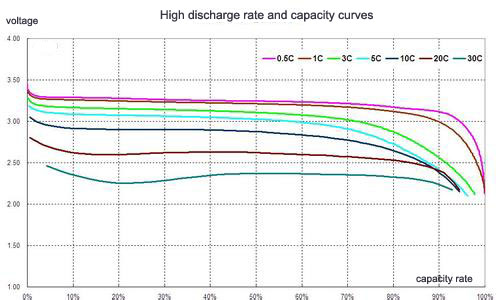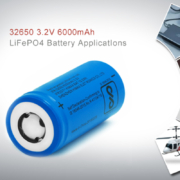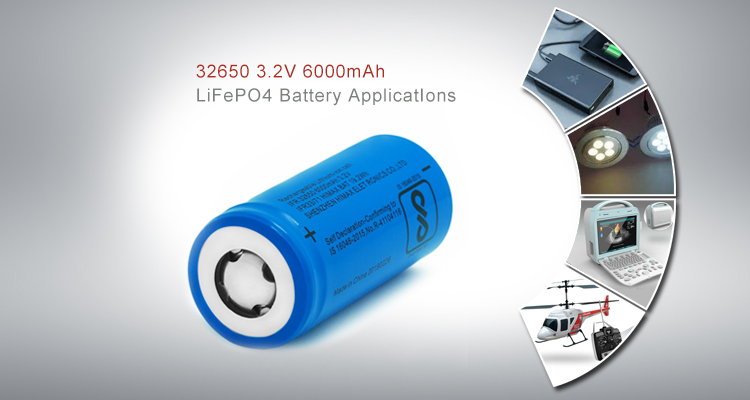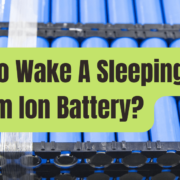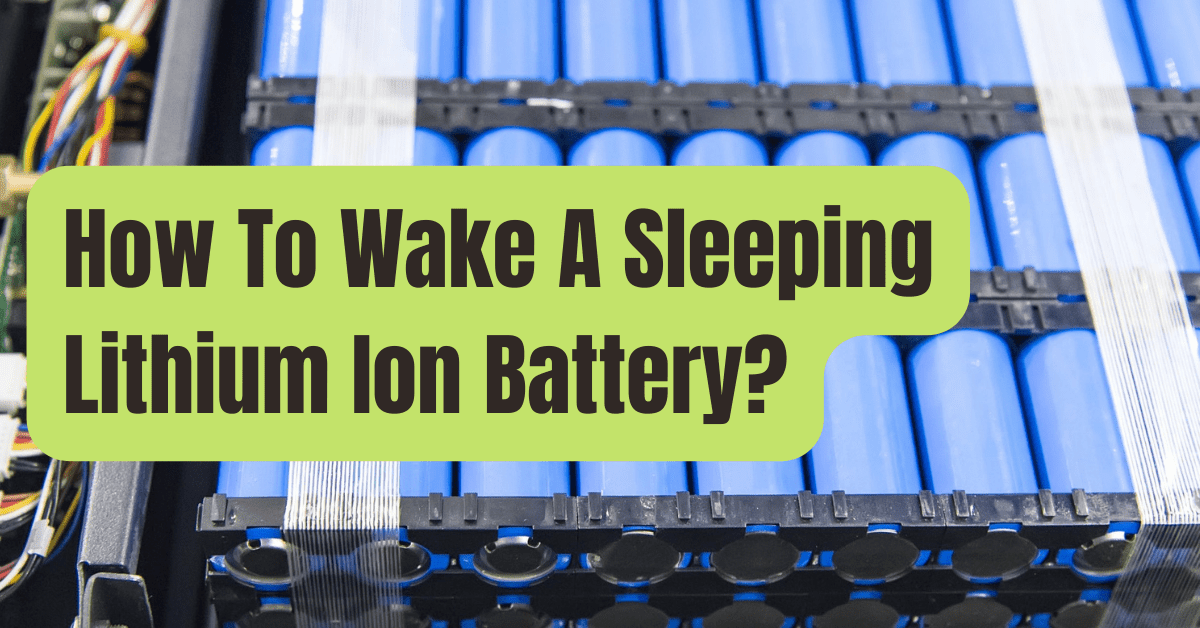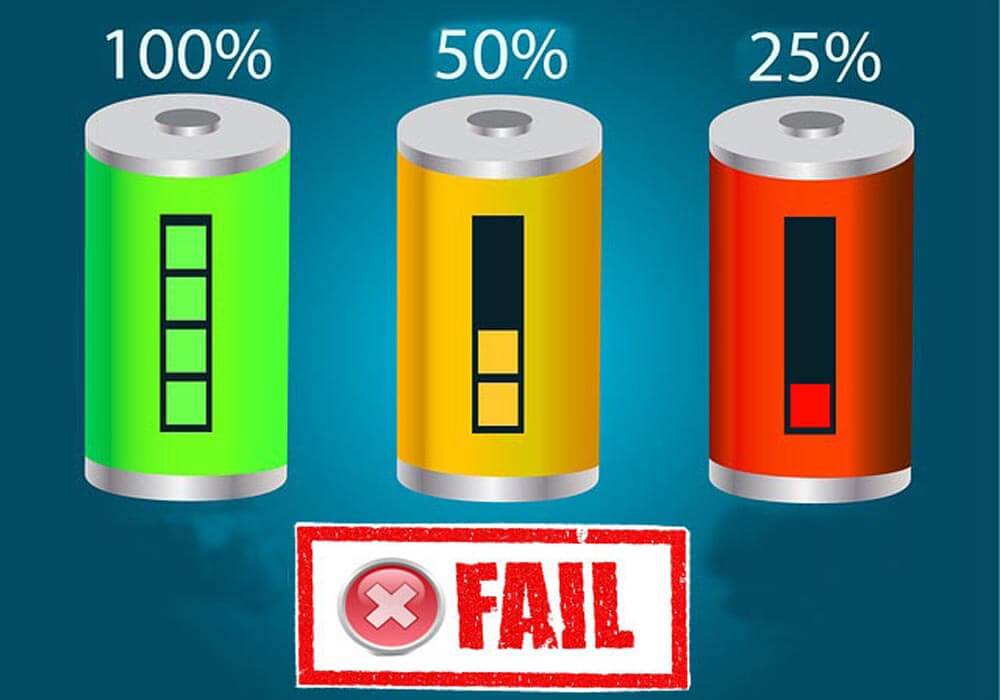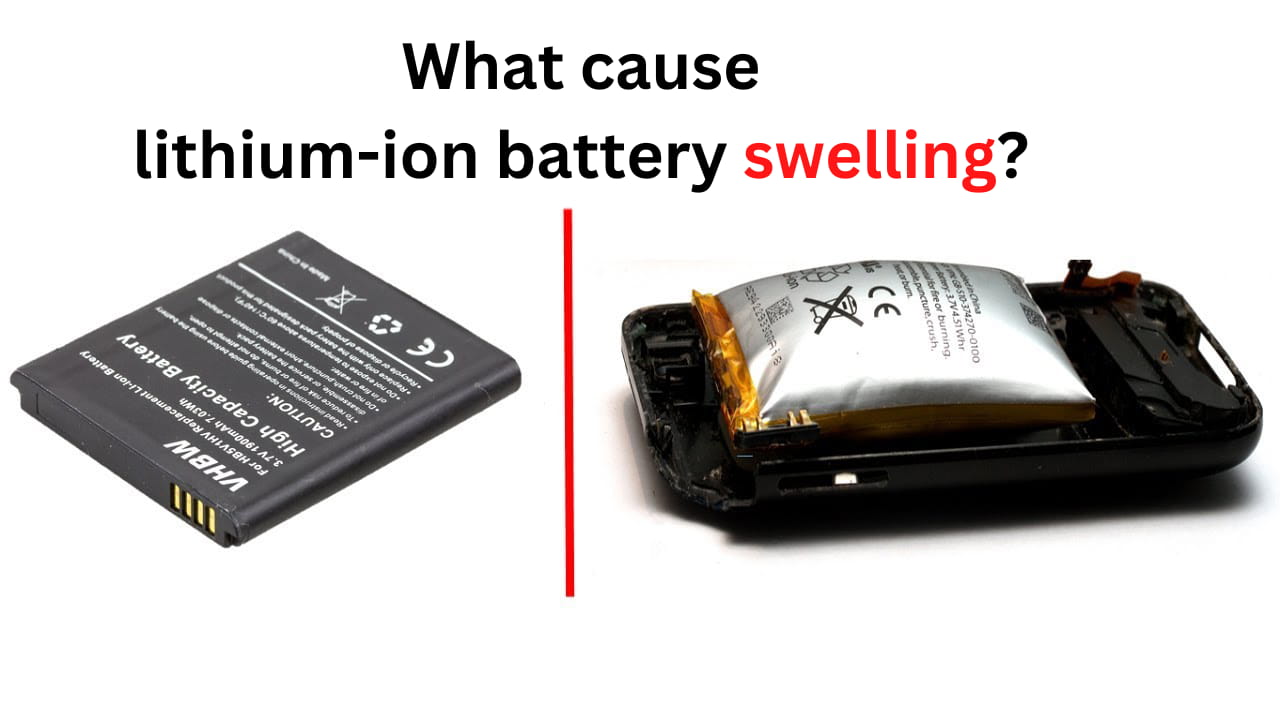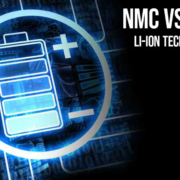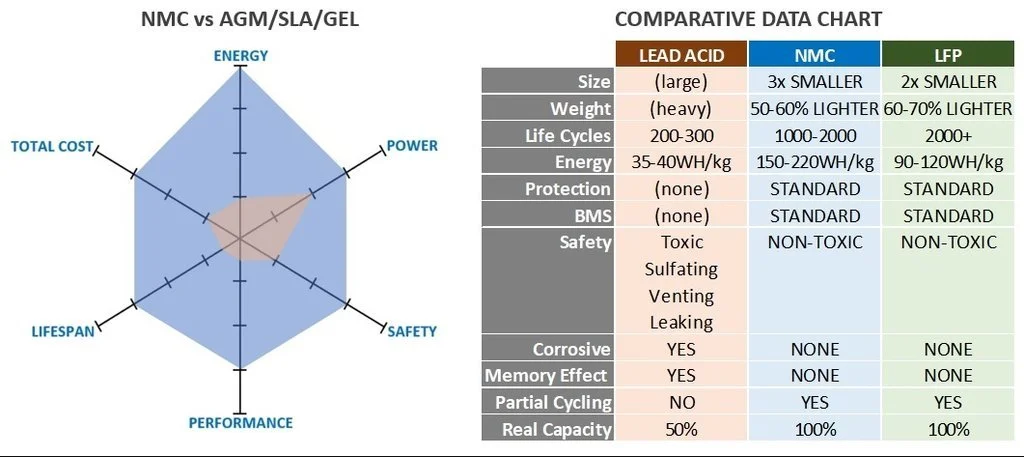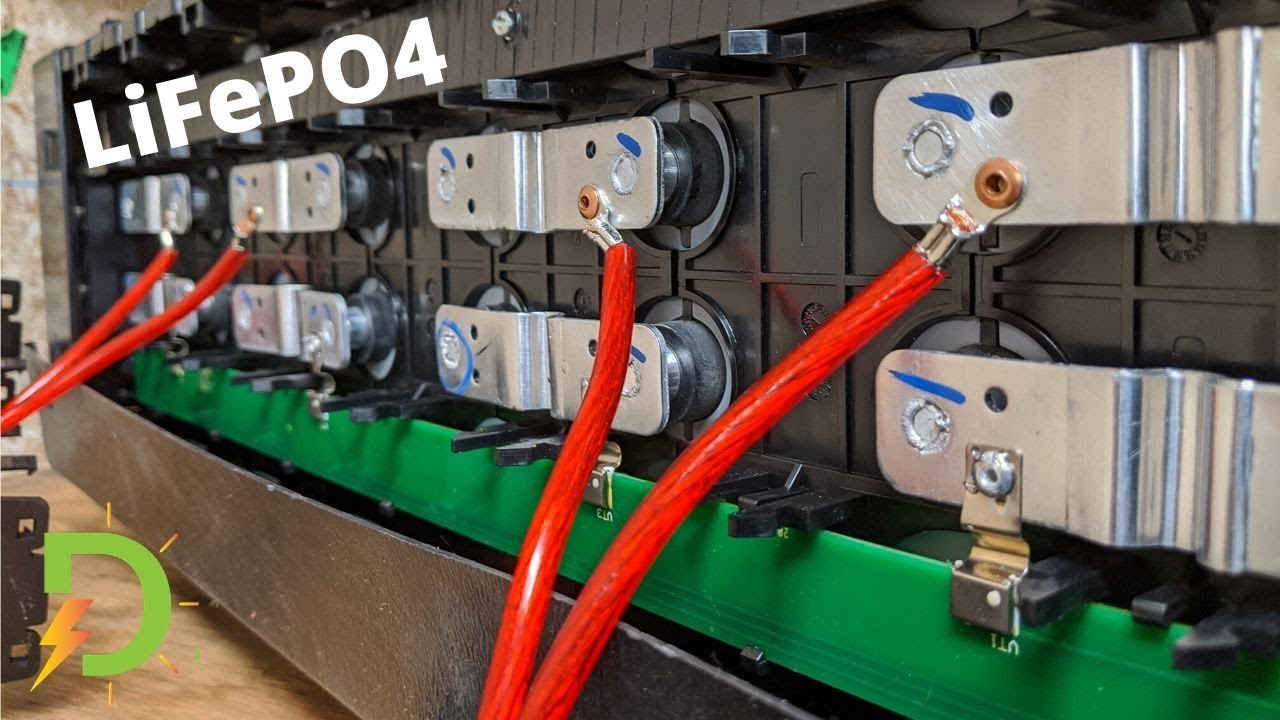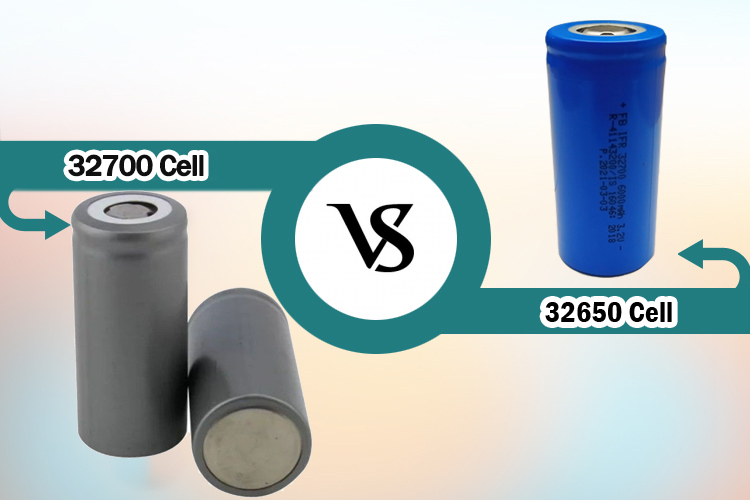Die richtige Pflege und Wartung eines LiFePO4-Akkus ist entscheidend, um einen sicheren und effizienten Betrieb zu gewährleisten. Dieser Leitfaden enthält hilfreiche Tipps zur Pflege Ihrer Lithium-Batterien, damit Sie das Beste aus Ihrer Investition herausholen können. Von Ladetechniken über Lagermethoden bis hin zu allgemeinen Ratschlägen bietet dieser Artikel alle Informationen, die Sie benötigen, um Ihre LiFePO4-Batterie in gutem Zustand zu halten.
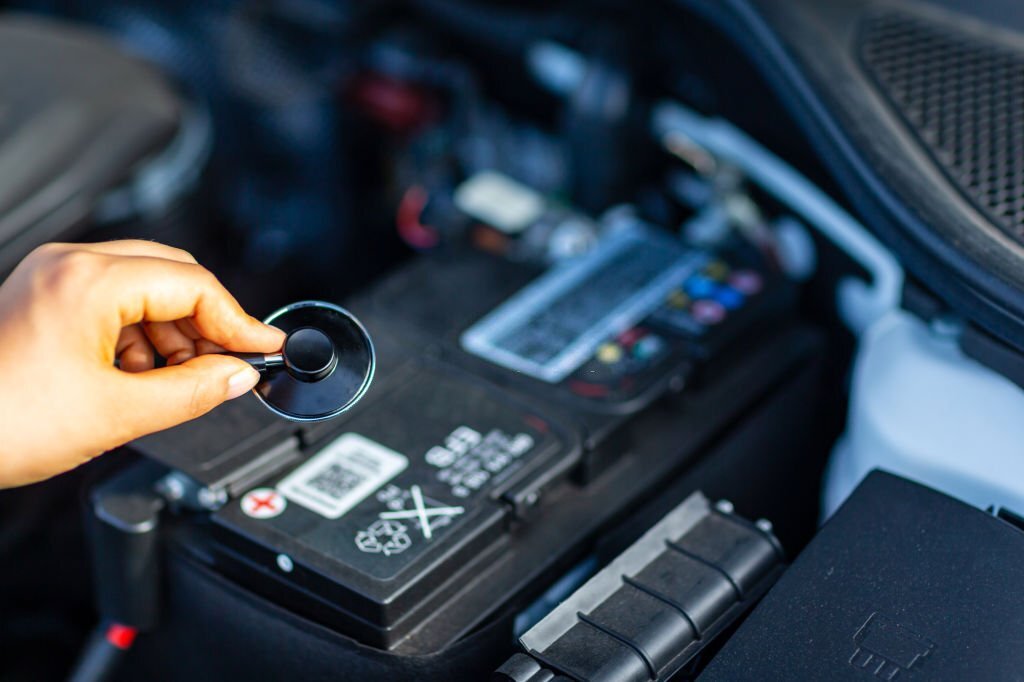
Wie lange hält eine lifepo4-Batterie?
Lithium Iron Phosphate (LiFePO4) batteries are known for their long lifespans. Depending on the type of battery, you can expect to get anywhere from 3-10 years of life out of a LiFePO4 battery. The exact lifespan will depend on the quality and size of the battery, as well as how it is used and maintained. For example, use your battery in an application that requires frequent deep discharges or high temperatures. Your battery’s lifespan will be shorter than used in a less demanding application. To maximize the lifespan of your LiFePO4 battery, make sure to charge and discharge it properly and store it at room temperature when not in use.
Richtige Lagerung des LiFePO4-Akkus
Die richtige Lagerung Ihres LiFePO4-Akkus ist wichtig, um sicherzustellen, dass er optimal funktioniert und eine lange Lebensdauer hat. Wenn Ihr LiFePO4-Akku richtig gelagert wird, behält er seine Ladekapazität und liefert bei Bedarf zuverlässig Strom. Deshalb finden Sie hier einige hilfreiche Tipps, wie Sie Ihren LiFePO4-Akku pflegen und in guter Form halten können.
Leitlinien für die Temperatur
Lagern Sie Ihren LiFePO4-Akku bei Zimmertemperatur oder etwas darunter. Eine zu hohe Temperatur kann die Zellen mit der Zeit beschädigen. Vermeiden Sie es daher, Ihren Akku in direktem Sonnenlicht oder in der Nähe von Wärmequellen wie Heizkörpern zu lagern.
Wie lagert man LiFePO4-Batterien langfristig?
Wenn Sie Ihren LiFePO4-Akku über einen längeren Zeitraum lagern, halten Sie die Ladung bei 40-50%. Dies reduziert die Belastung der Zellen und verhindert eine Überladung oder zu tiefe Entladung bei Nichtgebrauch. Stellen Sie sicher, dass alle Anschlusspunkte frei von Oxidation oder Korrosion sind, da dies zu Spannungsabfällen beim Laden oder Entladen führen kann.
Additionally, store your battery in a cool, dry place. High temperatures can cause damage to the cells and lead to a shorter lifespan. Finally, check your battery every few months to ensure it’s still in good condition. If you notice any signs of corrosion or damage, replace them immediately.
Tipps für die Lagerung von LiFePO4-Batterien in Fahrzeugen
1. Vermeiden Sie extreme Temperaturen: Es ist wichtig, LiFePO4-Batterien vor extremen Temperaturen zu schützen, insbesondere während der Lagerung. Dazu gehören hohe und niedrige Temperaturen, da beide Extreme die Batteriechemie schädigen können. Versuchen Sie, den Akku bei einer Temperatur zwischen 10°C (50°F) und 40°C (104°F) zu lagern.
2. Überwachen Sie die Batteriespannung: Bevor Sie die Batterie einlagern, sollten Sie unbedingt die Spannung überwachen und sicherstellen, dass sie weder zu niedrig noch zu hoch ist. Wenn die Spannung außerhalb des spezifizierten Bereichs liegt, könnte dies ein Hinweis darauf sein, dass mit der Batterie etwas nicht stimmt und weitere Untersuchungen erforderlich sind.
3. Laden Sie den Akku vollständig auf: Um sicherzustellen, dass Ihr LiFePO4-Akku für die Lagerung bereit ist, sollten Sie sicherstellen, dass er vollständig geladen ist, bevor Sie ihn einlagern. Dies trägt dazu bei, dass der Akku eine gute Leistung beibehält, wenn Sie ihn nach einer gewissen Zeit der Lagerung wieder benutzen wollen.
4. Von Flüssigkeiten fernhalten: Lagern Sie LiFePO4-Batterien nicht in der Nähe von Flüssigkeiten wie Wasser oder Öl. Dies könnte sowohl die Elektronik im Inneren des Akkus als auch seine allgemeine Sicherheitsleistung beschädigen, wenn er über einen längeren Zeitraum mit diesen Arten von Flüssigkeiten in Berührung kommt.
5. Regelmäßige Überwachung der Lagertemperatur: Auch wenn Sie Ihr Bestes getan haben, um Ihre LiFePO4-Batterien während der Lagerung vor extremen Temperaturen zu schützen, ist es dennoch wichtig, ihre Temperatur regelmäßig mit einem Thermometer oder, wenn möglich, mit einem digitalen Temperaturlogger zu überwachen, damit Sie erkennen können, ob sich während der Lagerung etwas ändert, und gegebenenfalls entsprechend handeln können.
Richtiges Laden Ihrer LiFePO4-Batterien
Wie bei allen wiederaufladbaren Batterien ist eine angemessene Pflege und Wartung erforderlich, um die maximale Leistung der LiFePO4-Batterie zu gewährleisten. In diesem Abschnitt finden Sie hilfreiche Tipps, wie Sie einen LiFePO4-Akku richtig laden und warten, um eine optimale Leistung zu erzielen.
Wie lädt man LiFePO4-Batterien richtig auf?
Das Laden von LiFePO4-Batterien ist relativ einfach, aber es ist wichtig, es richtig zu machen, damit die Batterie nicht beschädigt wird. Der erste Schritt besteht darin, das richtige Ladegerät für Ihren speziellen Akku zu finden. Sobald Sie das richtige Ladegerät ausgewählt haben, schließen Sie es an den Akku an und stecken Sie es in eine Steckdose. Achten Sie darauf, dass alle Anschlüsse sicher sind und keine blanken Drähte freiliegen.
Once connected, set the charger voltage to match your battery’s. Most LiFePO4 batteries will have a charge voltage of 3.6V-3.65V per cell or 14.4V-14.6V for a 12V system. You should also check the manufacturer’s instructions for any other settings required for optimal charging performance.
Überwachen Sie schließlich den Ladevorgang und vergewissern Sie sich, dass er stoppt, wenn die Gesamtkapazität erreicht ist (in der Regel durch eine Leuchte am Ladegerät angezeigt).
Wie vermeidet man das Überladen von LiFePO4-Batterien?
1. Verwenden Sie ein geeignetes Ladegerät - Stellen Sie sicher, dass Sie nur Ladegeräte verwenden, die ausdrücklich für LiFePO4-Akkus entwickelt wurden. Diese Ladegeräte verfügen über eine Spannungsabschaltung, die den Ladevorgang unterbricht, sobald der Akku seine maximale Kapazität erreicht hat. Wenn Sie ein anderes Ladegerät verwenden, laufen Sie Gefahr, den Akku zu überladen und dauerhaft zu beschädigen.
2. Überwachen Sie die Batteriespannung - Die meisten LiFePO4-Batterien sind mit einem integrierten Spannungsmonitor ausgestattet, mit dem Sie leicht feststellen können, wie viel Ladung noch in der Batterie vorhanden ist. Durch regelmäßiges Überprüfen dieses Monitors können Sie feststellen, ob Ihr Akku fast vollständig aufgeladen ist und daher seinen Ladezyklus beenden muss - so können Sie mögliche Schäden durch Überladung verhindern.
3. Ziehen Sie den Stecker, wenn Sie ihn nicht benutzen - Sie sollten Ihr Ladegerät immer von der Steckdose und Ihrem LiFePO4-Akku trennen, wenn Sie ihn nicht benutzen; dies verhindert die Gefahr einer Überladung aufgrund eines fehlerhaften Anschlusses oder eines Problems mit dem Schutzschalter.
4. Überprüfen Sie regelmäßig die Temperatur - Die Temperatur der Zellen in Ihrem LiFePO4-Akku wird während des Ladevorgangs ansteigen, was normal ist. Übermäßige Hitze kann jedoch schwere Schäden verursachen, daher ist es wichtig, die Temperaturen regelmäßig zu überprüfen und den Ladevorgang zu reduzieren oder abzubrechen, wenn eine Zelle zu heiß wird (über 50 °C).
5. Set Timer Reminders – Setting up timer reminders on your phone or computer can help remind you when it’s time to check on your charging status and cut off power if necessary; this way, even if you forget about monitoring your battery’s charge levels, there will still be some protection against unwanted overcharging.
Richtiges Entladen von LiFePO4-Batterien
Wie entlädt man LiFePO4-Batterien richtig?
Die richtige Entladung von LiFePO4-Akkus ist für ihre Gesundheit und Langlebigkeit von entscheidender Bedeutung. Hier sind einige Tipps, die Ihnen helfen, das Beste aus Ihrem LiFePO4-Akku herauszuholen:
1. Laden Sie den Akku immer bis zu seiner vollen Kapazität auf, bevor Sie ihn entladen. So stellen Sie sicher, dass der Akku über genügend Energie verfügt, um alle von Ihnen verwendeten Geräte zu betreiben.
2. Monitor the battery’s voltage while discharging it, and make sure not to exceed its maximum discharge rate. If you do, you risk damaging the battery and reducing its lifespan.
3. When finished with your device, always recharge your LiFePO4 battery as soon as possible – this will help prevent over-discharge, which can lead to irreversible damage. Following these steps will help ensure that your LiFePO4 battery continues to work well for a long time!
Wie vermeidet man die Tiefentladung von LiFePO4-Batterien?
To avoid deep discharging LiFePO4 batteries, the most important thing is to keep an eye on their voltage. LiFePO4 batteries should never be discharged below 2.5V/cell. If you find that the voltage of your battery is getting close to this level, it’s time to recharge it.
Another way to avoid deep discharging your LiFePO4 battery is to use a Battery Management System (BMS). A BMS monitors the voltage of your battery and will cut off power when it gets too low, preventing any further discharge. This can help extend the life of your battery and ensure that it isn’t damaged by deep discharge.
Finally, avoid leaving your LiFePO4 battery in a discharged state for too long. If you know you won’t use your battery for an extended period, charge it before storing it away.
Wartung
Wie kann man den Ladezustand von LiFePO4-Batterien überprüfen?
Der erste Schritt besteht darin, die Spannung der Batterie zu messen. Dies kann mit einem Multimeter durchgeführt werden, das bei voller Ladung zwischen 3,2 und 3,6 Volt pro Zelle anzeigen sollte. Ist die Spannung niedriger als dieser Wert, ist die Batterie entladen und muss wieder aufgeladen werden.
Eine andere Möglichkeit, den Ladezustand zu überprüfen, besteht darin, den Strom, der in die Batterie hinein- und aus ihr herausfließt, mit einem Amperemeter zu messen. Wenn mehr Strom in die Batterie fließt als aus ihr herauskommt, bedeutet dies, dass sie geladen wird und ihr Ladezustand zunimmt. Wenn umgekehrt mehr Strom aus der Batterie herausfließt als hinein, wird sie entladen und ihr Ladezustand nimmt ab.
Wie kann man die Zellen von LiFePO4-Batterien ausgleichen?
The most common way to balance LiFePO4 batteries is using a battery balancer. This device monitors the voltage of each cell within the battery. It will automatically discharge any cell with a higher voltage than the others to bring them back into balance. It’s important to note that these devices must be used cautiously as they can cause damage if misused.
Another way to balance LiFePO4 batteries is through manual balancing. This method manually monitors each cell’s voltage and then discharges any cells with higher voltages until they match the others. While this method takes more time, it does not require specialized equipment and can be done without risking damage to the battery.
Wie reinigt und pflegt man LiFePO4-Batterien?
Es ist wichtig, LiFePO4-Akkus richtig zu pflegen, um ihre Langlebigkeit und Leistung zu gewährleisten. Trennen Sie vor der Reinigung eines LiFePO4-Akkus die Haupt-Plus- und Minuskabel ab. Tragen Sie beim Reinigen isolierende Handschuhe und überladen oder entladen Sie die Zelle nicht. Lagern Sie den Akku bei einem Ladezustand zwischen 40-60% und lagern Sie ihn außerhalb der Saison in einem geschlossenen Raum.
To clean the battery terminals, use a damp cloth or soft brush to remove any dirt and debris. Avoid charging the battery at currents higher than 0.5C, as this can cause overheating and negatively affect the battery’s performance. Lastly, unlike lead acid batteries, lithium batteries do not need a float charge while in storage, so keep the battery at no more than 100% charge.
Zusammenfassend
Taking care of your LiFePO4 battery is essential for preserving its performance and lifespan. Following the tips outlined in this guide, you can keep your lithium batteries running smoothly and reliably. Regular maintenance and inspections are essential, as is avoiding extreme temperatures, overcharging, or discharging them too low. With regular care, your lithium batteries can provide years of reliable power. So take the time to look after them properly – it’s worth it!


